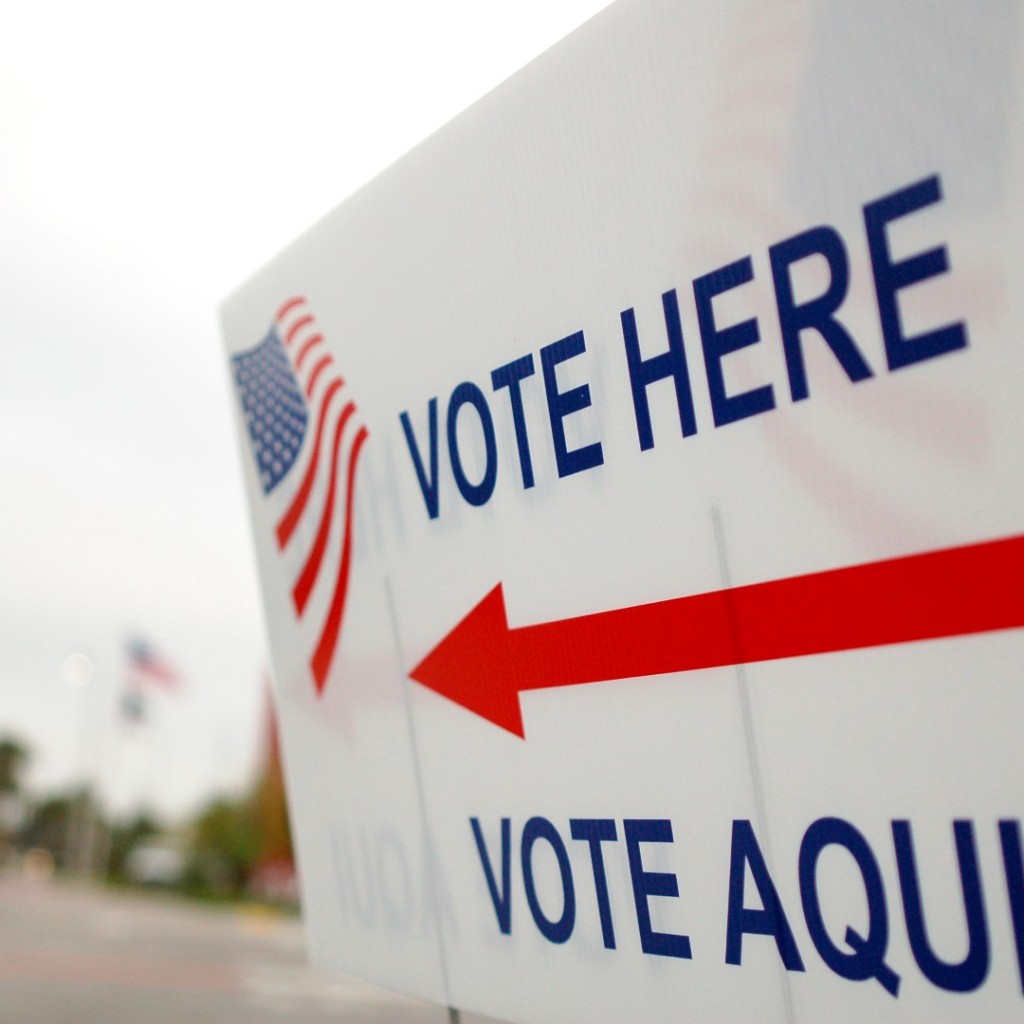
As Florida’s fastest growing demographic, the Hispanic vote is often the start – and end – of just about every discussion about politics in the Sunshine State.
No matter how crucial that electorate is, strategist Steve Schale cautions that Hispanics are not a “silver bullet,” especially for Democrats.
Schale’s latest blog post is the first of a series examining Florida’s “key voting blocs” in the lead up to a potential “barnburner presidential contest.”
For Schale, choosing Hispanics first was a no-brainer. They are the group that gets the lion’s share of attention as well as being the state’s most dynamically changing group.
At about 1.35 million registered Florida voters in 2008, Schale notes that Hispanics were slightly more tham 12 percent of the electorate. However, Schale thinks those figures might be a little low: He estimates the Hispanic vote in Florida is probably closer to 14-15 percent.
By 2014, the Hispanic vote shot up to 14.5 percent, nearly 1.75 million people.
A total increase in active registered voters across all races and ethnicities from 2008 to 2014 was just under 700,000 voters, from about 11.2 million voters to 11.9 million – 56 percent of whom can be credited to Hispanics.
Democrats held a 67,000 voter registration advantage over Republicans among Hispanics in 2008, which six years later grew to more than 191,000.
“If you go back to book closing 2006,” Schale writes, “the GOP in those days held a 40,000 voter advantage over Democrats. Any way you cut it … that is a remarkable shift among a group that makes up less than 15 percent of the total registered voters.”
Those self-identified Hispanic voters now outnumber self-identified black voters (African-American and Caribbean-American) by more 120,000 citizens. Six years ago, black voters had a 100,000-person edge over Hispanics.
As for geography, Schale says much of the growth is in all the expected places while some of it can be labeled as surprising.
For example, 39 percent of the increase in Hispanic registered voters has happened in the Miami media market. No surprise there, but Miami has 150,000 more Hispanics on the voter rolls today than in 2008, with only 115,000 more total voters. Also, one-third of that growth is from Broward County, he says.
Cubans provide a “pretty strong correlation” between exile-era Cubans and GOP registration/performance. Hispanic enrollment growth, which has “basically stopped in Dade County” indicates two trends: Newer Cuban voters are not as monolithic as in the past and Cubans are not the only Hispanic force in Dade.
Schale notes that Orlando represented 24 percent of the Hispanic voter growth, with a corresponding sharp rise in partisanship. In the two latest GOP presidential wins (2000 and 2004), Bush won the three metro-Orlando counties by an average of 22,000 total votes. Obama carried the same counties in 2008 and 2012 by an average of just under 100,000 votes.
Tampa is also seeing high Hispanic growth, representing three-quarters of the increase in voter registration between 2008 and 2014, with half in Hillsborough County alone – from 11.8 to 15.2 percent. That’s one explanation for why Hillsborough leans more Democratic in statewide elections the last four cycles. Hispanic growth is outpacing the statewide growth in Polk County, as well.
West Palm Beach counts for less than 9 percent of Hispanic growth statewide, but makes up two-third of the area’s voter registration growth.
Schale concludes that while the numbers look better for Democrats than Republicans, Hispanic voters are snubbing both parties – more so the GOP.
But Democratic success, he says, can only come with the party getting back up to 40 percent of the white vote, which is still about five times larger than Hispanics. Reaching that level will make any GOP gains much more difficult.
Schale offers one last caveat: the intimidation of Marco Rubio:
“If you are a Democrat, he should be the one you don’t want to face, because I do think, if he is the nominee, he is the one who could significantly change the Hispanic math in Florida and the Latino math out west. Why? I truly believe he will benefit from the same identity politics that galvanized African-American voters behind Obama … in 2007, there were a lot of skeptics that African-Americans would really embrace Obama, a notion that frankly I found insane and one that got flipped on its head the minute he walked into South Carolina.
If a Rubio wins Hispanics in Florida by 8-10 points, the white win number for Democrats starts moving towards the mid-40s, and while I do think a Hillary Clinton candidacy will excite higher support among white women, it is still a pretty big hill to climb.”
Next up for Schale, Florida’s ever-changing African-American and -Caribbean vote.



